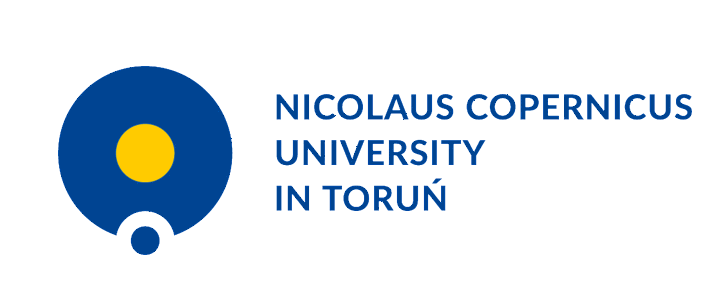Transfer of Employees as a Way of Career Growth
Abstract
Purpose of the article: Employee turnover is considered to be one of the persisting problems in organizations. This study examines how employee turnover affect employees regarding their future career grow. Paper examines the behaviour inside organizations that leads to turnover and thus transfers to new position in order to improve work conditions, role, and position and even to higher employee status. Methodology/methods: The deduction and induction method has revealed seven main causes of employee mobility: remuneration, future certainty, relationships, recognition, communication, corporate culture and expectations. The factors have been statistically tested and analysed in order to validate its impact on employee transfers. The data has been collected in two successive quantitative surveys by means of questionnaire investigation. The surveys were focus on random sample of employees (who had already left their jobs). Scientific aim: The aim of the paper is to reveal causes of employee turnover and following ways of mobility of employees to different organizations and sectors. Transfer to different organization/sector is a result of causes of employee turnover depending on the performance and affectivity of each employee. Findings: The research validated that knowledge workers who desire personal development do not care about high of salaries but they expect clear vision and performance rise. The revealed outputs allow us to assume that those employees are willing to change their job even to different sector in order to fill their needs to grow. Conclusions: The outcomes provide a specification and causes of employees’ affectivity. One third of employees leave job after futile attempt to change. Factor analysis revealed two ways of career development. 23% of employees leave organisations because of impossibility to grow. Employees notice necessary tendencies to mobility and universality, which is currently supported by programmes of the European Union.Downloads
Published
2013-10-29
Issue
Section
ORIGINAL SCIENTIFIC ARTICLE











